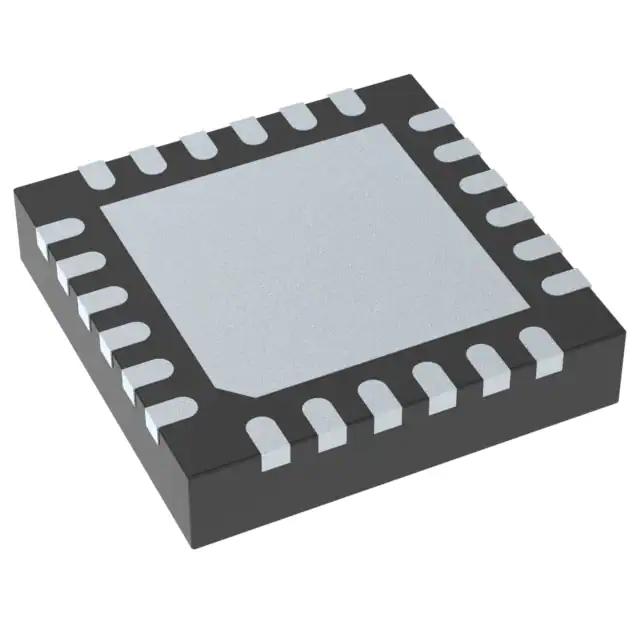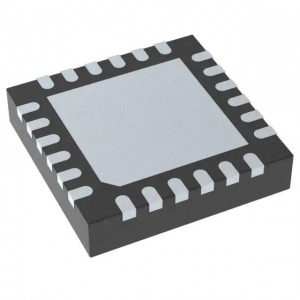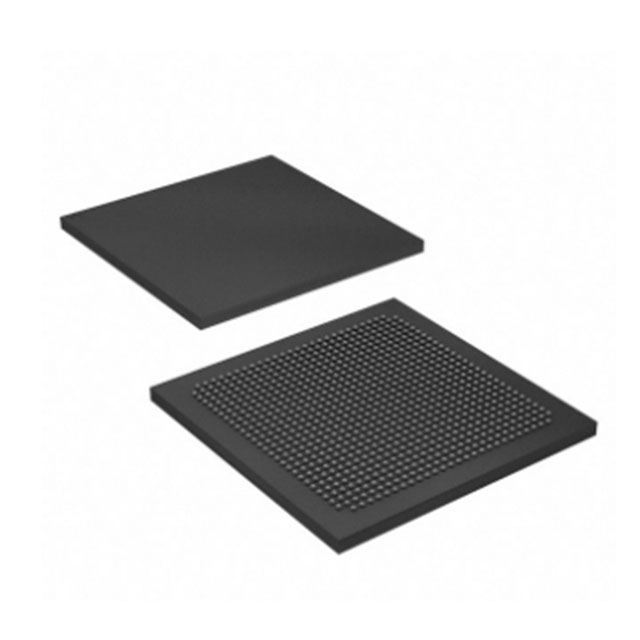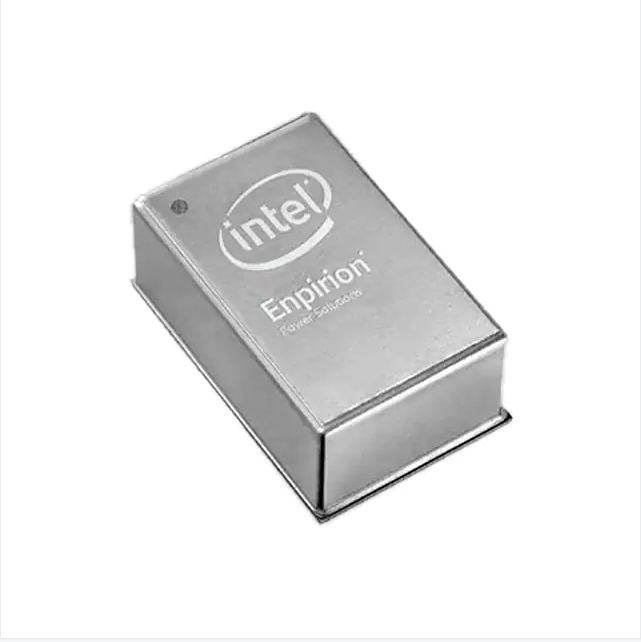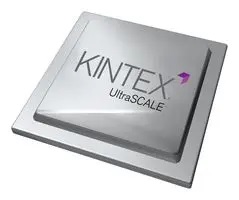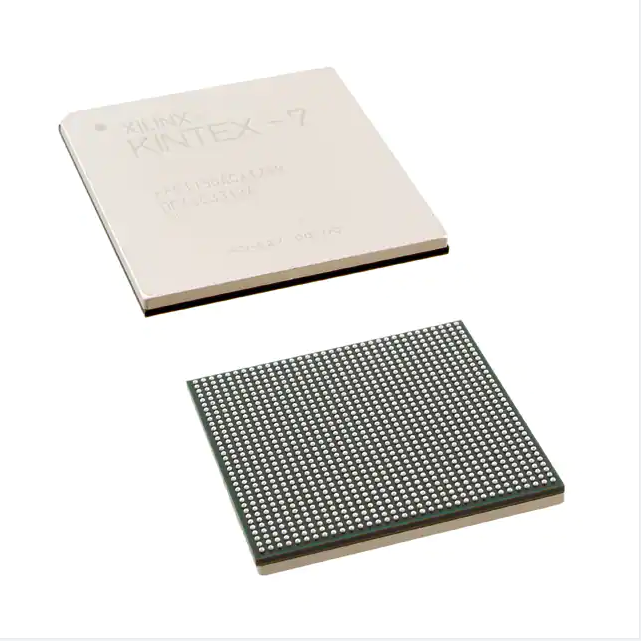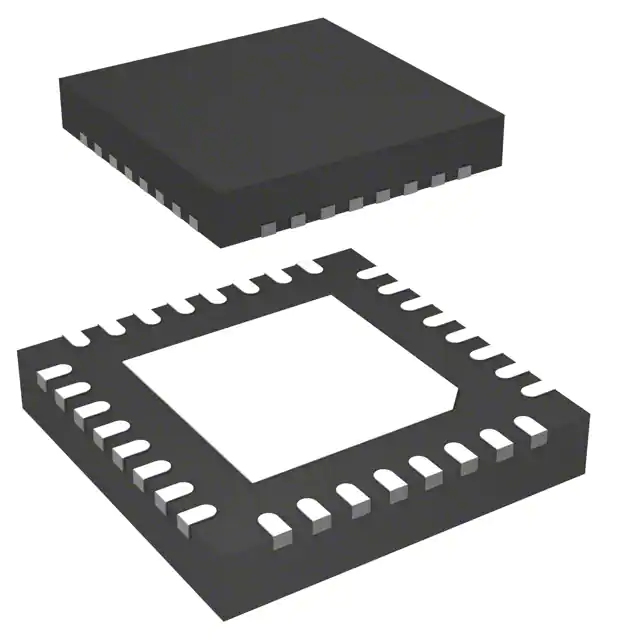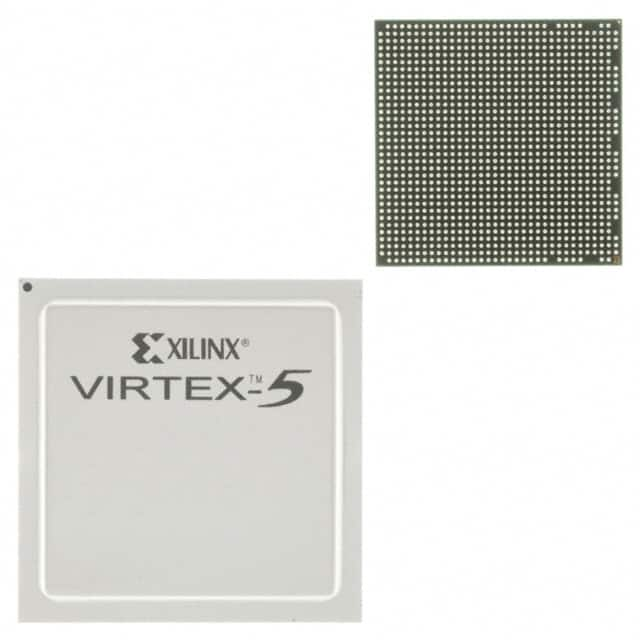BQ25616JRTWR New&Original TI IC Chip good price Electronics Component In Stock
Product Attributes
|
TYPE |
DESCRIPTION |
|
Category |
Integrated Circuits (ICs) PMIC - Battery Chargers |
|
Mfr |
Texas Instruments |
|
Series |
- |
|
Package |
Tape & Reel (TR) Cut Tape (CT) Digi-Reel® |
|
SPQ |
250 | T&R |
|
Part Status |
Active |
|
Battery Chemistry |
Lithium Ion/Polymer |
|
Number of Cells |
1 |
|
Current - Charging |
Constant - Programmable |
|
Programmable Features |
Current |
|
Fault Protection |
Over Current, Over Voltage |
|
Charge Current - Max |
3A |
|
Battery Pack Voltage |
4.35V |
|
Voltage - Supply (Max) |
13.5V |
|
Interface |
USB |
|
Operating Temperature |
-40°C ~ 85°C (TA) |
|
Mounting Type |
Surface Mount |
|
Package / Case |
24-WFQFN Exposed Pad |
|
Supplier Device Package |
24-WQFN (4x4) |
|
Base Product Number |
BQ25616 |
Product Introduction
A battery charger chip is a chip that can charge and control a wide range of batteries, from a single lithium battery, a single lithium iron phosphate battery, or two to four NiMH batteries.
Product Features
● Battery can be charged by USB interface or AC adapter
● On-chip power transistors
● Constant current charging termination voltage accuracy of 1%
● Internal 8-bit analog-to-digital conversion circuit can automatically adjust the charging current according to the current output capability of the input voltage source
● Battery can be charged from voltage sources with limited current output capacity such as solar panels
●Low current pre-charge mode when the battery voltage is low
● User settable continuous charging current up to 600ma
●Constant current/constant temperature mode charging to maximize charging current and prevent chip overheating
●Low-power sleep mode when the power supply voltage drops
●Status indication output can be driven by led or interfaced with a microcontroller
● Automatic re-charging
● Battery temperature monitoring function
● Lead-free product
Product Benefits
- thermal management and overvoltage protection
Thermal management is another major challenge for battery charger designers. Every charger chip experiences a voltage drop during the charging process due to heat dissipation. To avoid battery damage or system shutdown, most chargers incorporate some form of control mechanism to manage heat build-up. Newer devices use more sophisticated feedback techniques to continuously monitor die temperature and adjust the charge current dynamically or by calculation at a rate proportional to the change in ambient temperature. This built-in intelligence allows the current charger chip to gradually reduce the charging current until thermal equilibrium is reached and the die temperature stops rising. This technology allows the charger to continuously charge the battery at the maximum possible current without causing the system to shut down, thus reducing battery charging time. Most newer devices today will also typically add an overvoltage protection mechanism.
The charger BQ25616JRTWRprovides various safety features for battery charging and system operations, including battery negative temperature coefficient thermistor monitoring, charging safety timer and overvoltage and over-current protections. Thermal regulation reduces charge current when the junction temperature exceeds 110°C. The STAT output reports the charging status and any fault conditions.
Application Scenarios
The battery charger chip belongs to a kind of power management chip, the application range is very wide. The development of power management chips is important for improving the performance of the whole machine, the choice of power management chips is directly related to the needs of the system, while the development of digital power management chips still needs to cross the cost barrier.
The BQ25616/616J is a highly integrated 3-A switch-mode battery charge management and system power path management device for single cell Li-Ion and Li-polymer batteries. The solution is highly integrated with input reverse-blocking FET (RBFET, Q1), high-side switching FET (HSFET, Q2), low-side switching FET (LSFET, Q3), and battery FET (BATFET, Q4) between system and battery. The low impedance power path optimizes switch-mode operation efficiency, reduces battery charging time and extends battery run time during discharging phase.
The BQ25616/616J is a highly integrated 3-A switch-mode battery charge management and system Power Path management device for Li-ion and Li-polymer batteries. It features fast charging with high input voltage support for a wide range of applications including speakers, industrial, and medical portable devices. Its low impedance power path optimizes switch-mode operation efficiency, reduces battery charging time, and extends battery run time during discharging phase. Its input voltage and current regulation deliver maximum charging power to the battery.
The solution is highly integrated with input reverse-blocking FET (RBFET, Q1), high-side switching FET (HSFET, Q2), low-side switching FET (LSFET, Q3), and battery FET (BATFET, Q4) between system and battery. It also integrates the bootstrap diode for the high-side gate drive for simplified system design. The hardware setting and status report provides easy configuration to set up the charging solution.






